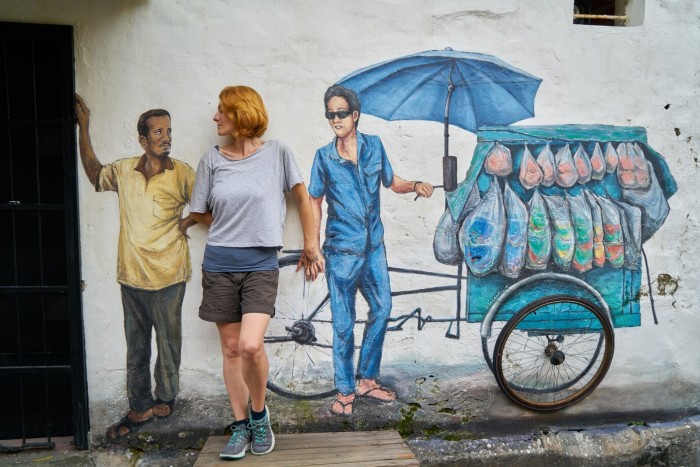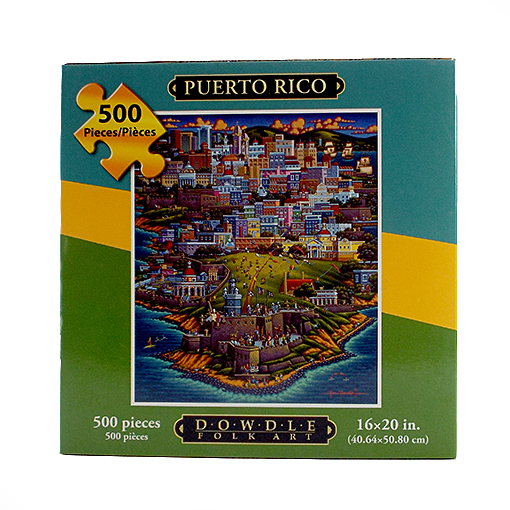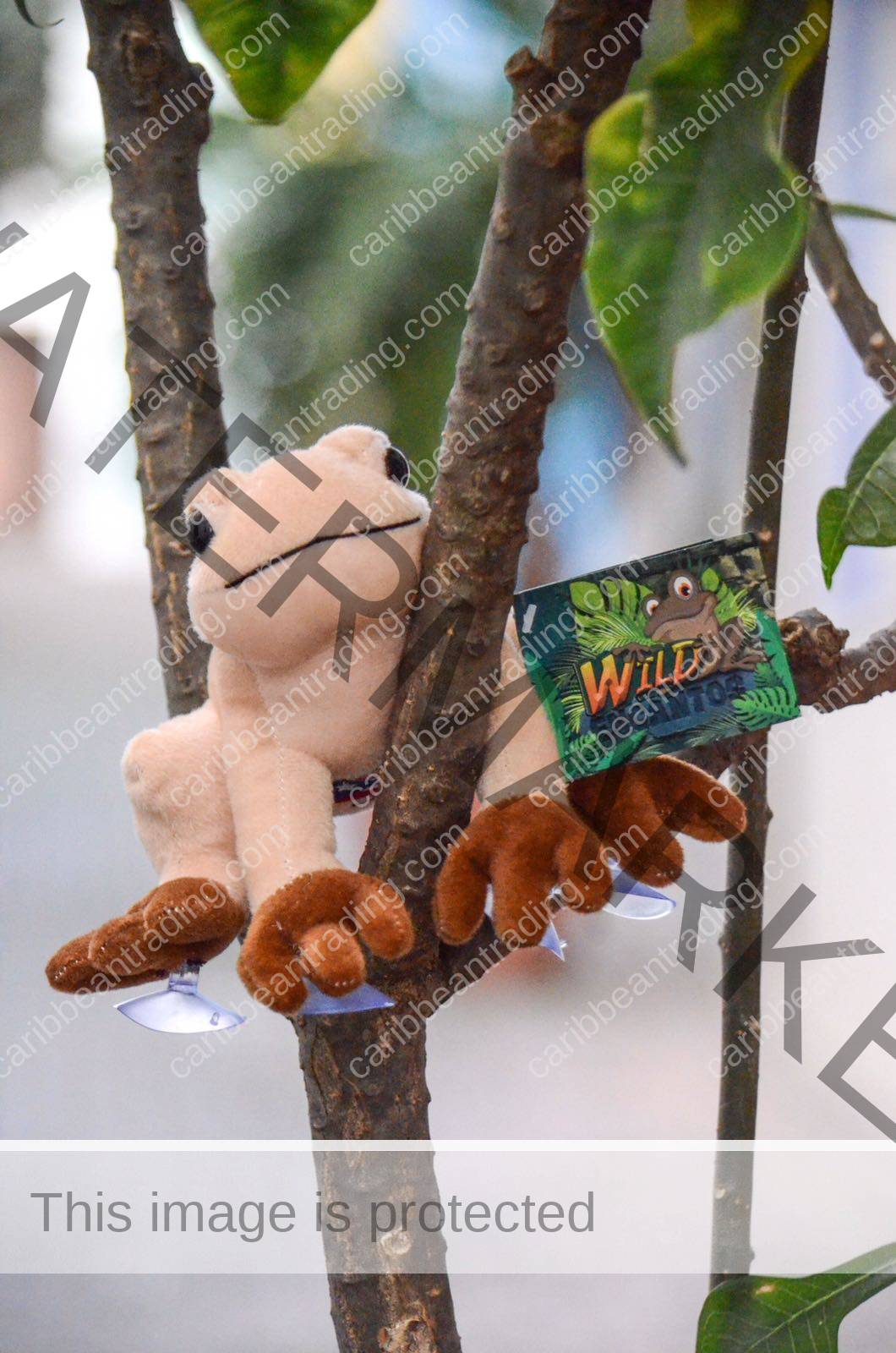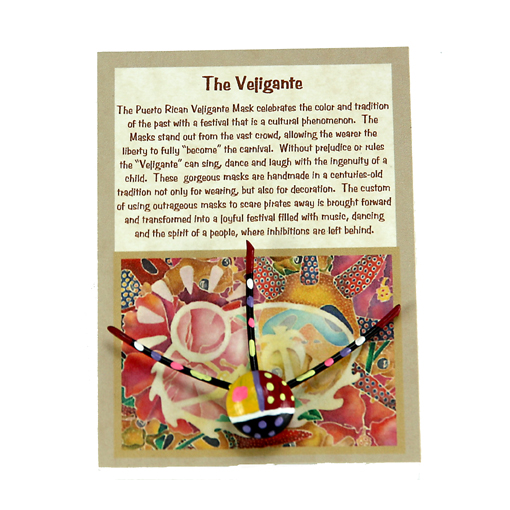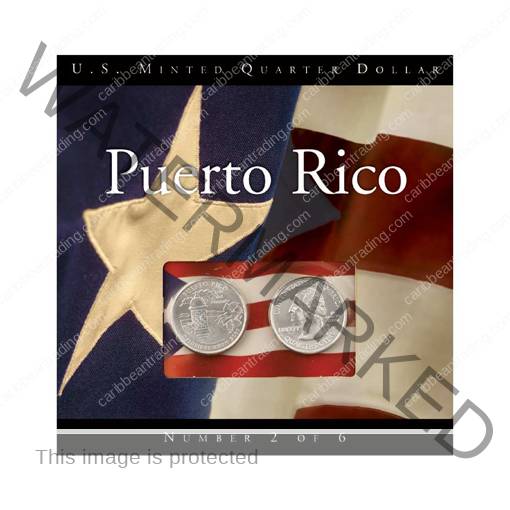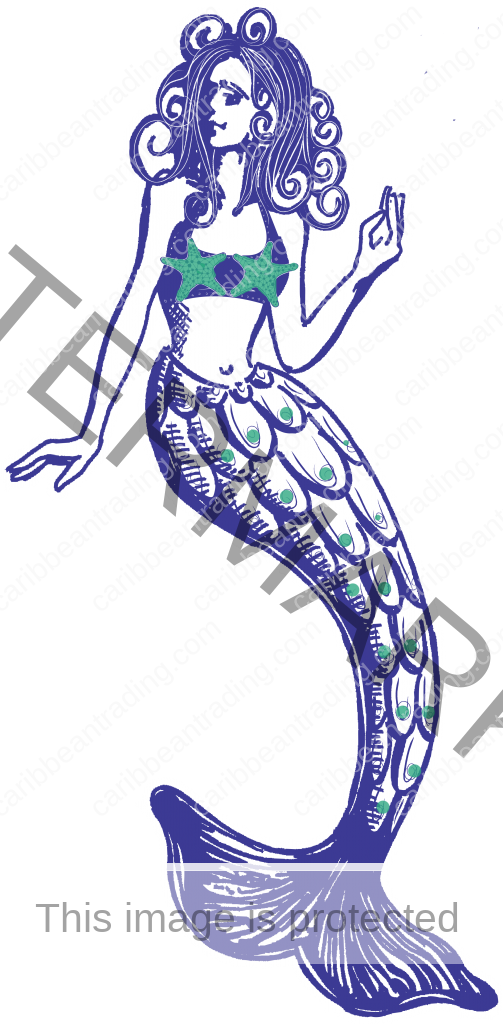Puerto Rico
Puerto Rican Street Art: A Colorful Journey Through San Juan
Puerto Rican street art, particularly in San Juan, is a mesmerizing display of creativity, cultural pride, and social commentary. Vibrant murals adorn the walls of neighborhoods like Santurce and Old San Juan, transforming these areas into open-air galleries. Beyond their aesthetic appeal, these artworks tell stories of Puerto Rican identity, resistance, and resilience, making them a vital aspect of the island’s cultural landscape.
Street art in San Juan thrives on the island’s rich history and diverse influences. From Taíno symbols to modern urban styles, artists draw inspiration from Puerto Rico’s indigenous heritage, colonial past, and Afro-Caribbean roots. These pieces are more than mere decoration—they serve as powerful tools for storytelling and advocacy, offering a voice to those who may otherwise remain unheard.
The Rise of Street Art in San Juan
The street art movement and artisan craft in San Juan began to flourish in the late 20th century, fueled by economic hardships and political tensions. Artists began using public spaces to express dissatisfaction with societal issues, such as colonialism, poverty, and government corruption. Over time, this form of expression evolved into a celebrated art movement, attracting local and international attention.
The Santurce neighborhood, once a neglected district, has become a hub for street art in Puerto Rico. Initiatives like Santurce es Ley, an annual art festival, have played a significant role in revitalizing the area. During this festival, artists from around the world converge to create large-scale murals, each contributing to the vibrant patchwork of visual narratives that define the neighborhood.
Themes and Symbolism
Puerto Rican street art often incorporates themes of identity, resistance, and cultural pride. For example, depictions of the jíbaro (a symbol of Puerto Rican rural life) highlight the island’s agricultural heritage and the resilience of its people. Afro-Caribbean motifs, such as drums and dancers, celebrate African influences on Puerto Rican culture, particularly in music and spirituality.
Political messages are also prevalent. Murals often critique U.S. colonialism, advocate for independence, or highlight socio-economic disparities. In neighborhoods affected by Hurricane Maria, street art became a medium for documenting the aftermath of the disaster and demanding accountability. Artists used walls as canvases to express grief, hope, and solidarity, fostering a sense of community amidst adversity.
Notable Artists and Their Work
San Juan’s street art scene boasts a roster of talented artists who have left their mark on the city. One prominent figure is Alexis Díaz, known for his intricate, surrealist murals that blend realism with fantastical elements. His work often features animals and natural forms, rendered in meticulous detail, creating pieces that are both striking and thought-provoking.
Celso González and Roberto Biaggi, known as “Celso and Sotero,” are another duo that has significantly impacted Puerto Rican street art. Their collaborative murals often explore themes of cultural identity and heritage, incorporating vibrant colors and bold patterns that reflect the island’s spirit.
Other artists, like Bik Ismo, bring a unique style to San Juan’s walls. Bik Ismo is celebrated for his hyper-realistic metallic murals, which challenge the boundaries of traditional street art. His reflective works often evoke themes of self-perception and societal critique, offering viewers a moment of introspection.
Old San Juan: A Historic Canvas
While Santurce represents the contemporary edge of Puerto Rican street art, Old San Juan provides a historic backdrop for this creative movement. The cobblestone streets and colonial architecture serve as an intriguing contrast to the modern, dynamic murals that populate the area. Here, street art often intertwines with Puerto Rico’s historical narrative, paying homage to figures like Pedro Albizu Campos, a key advocate for Puerto Rican independence.
The juxtaposition of old and new is particularly evident in areas like Calle Loíza and Calle Cerra. These streets feature murals that blend traditional Puerto Rican motifs with contemporary artistic techniques, bridging the gap between past and present.
The Role of Street Art in Community Building
Street art in San Juan is not merely a visual experience—it also serves as a catalyst for community engagement and empowerment. Murals have become focal points for local events, including cultural festivals, workshops, and tours. By drawing attention to underrepresented neighborhoods, street art has also contributed to economic revitalization, attracting tourists and fostering local businesses. There are also many street art related to basketball, one of the most important sports from the region. If you’re interested in the sport, basketball betting or simply want to check them out, they’re amazing!
Community-based art initiatives have further strengthened the connection between artists and residents. For instance, projects like Arte para Unir encourage collaboration between professional artists and local youth, using art as a tool for education and social change. Through these efforts, street art has become a means of reclaiming public spaces and fostering a sense of ownership and pride among community members.
Challenges and the Future of Street Art
Despite its growing popularity, street art in San Juan faces challenges. Urban development and gentrification threaten to erase some of the city’s most iconic murals, as new construction projects often prioritize modernization over cultural preservation. Additionally, debates over the commercialization of street art have raised questions about its authenticity and role in society.
Nevertheless, the resilience of Puerto Rican artists suggests a bright future for the movement. As new generations of creators emerge, they continue to push boundaries and experiment with different styles and techniques, ensuring that street art remains a dynamic and evolving form of expression.
Conclusion
Puerto Rican street art, particularly in San Juan, offers a vibrant and deeply meaningful journey through the island’s culture, history, and social landscape. From the colorful murals of Santurce to the historic streets of Old San Juan, these artworks serve as windows into the soul of Puerto Rico. By blending tradition with innovation, and art with activism, San Juan’s street art scene has established itself as a powerful force in the global art community.
As visitors and locals alike continue to marvel at the breathtaking murals, it becomes clear that Puerto Rican street art is more than just a feast for the eyes—it is a testament to the enduring spirit and creativity of the island’s people. This artistic movement not only beautifies the urban environment but also fosters dialogue, builds communities, and keeps Puerto Rico’s rich cultural heritage alive for future generations.


